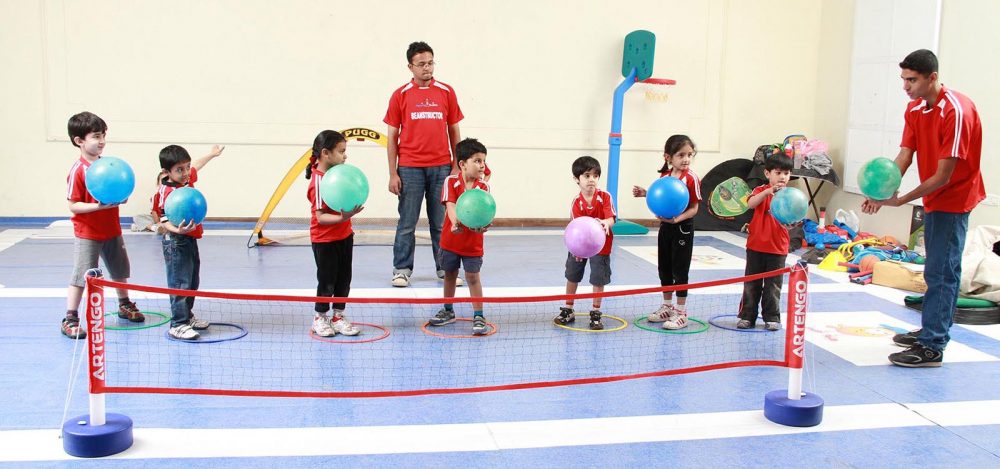Peak performance by kids or let’s say anyone is the ability to do one’s best, in best of physical state. To get the best out of you one needs to be in the best state of physical & mental fitness. For this physical Activity is like a Medicine, according to SPARK author, John Ratey, MD. We know that exercise helps with executive functions like sequencing, memory, and prioritizing which contribute to necessary skills for success in school and life. Put simply, physical activity in school primes the brain for learning.

Physical activity produces endorphins (chemicals in the brain) that regulate mood, pleasure, and pain. An elevated mood can contribute to an “I can do it” attitude which goes a long way as students approach new tasks as challenges, not obstacles.
Physical Activity & Academics
Physical activity has academic benefits as well. The California Department of Education looked at students’ health fitness scores on the FITNESSGRAM and compared them to the student scores on standardized testing in math and language arts. They found that fit kids “scored twice as well on academic tests as those that were unfit.”
Elementary students who play sports are more likely to become active teens who, in turn, are more likely to be active adults. And being active, according to the World Health Organization, is one of the most important ways to prevent heart disease, stroke, diabetes and a range of other debilitating ailments.
Not only do healthy people enjoy a higher quality of life, but the economy benefits from costs savings and productivity gains associated with workplace wellness.
School sports and intramurals have an important role in keeping children active at school.

Tips for Families to Support Healthy Active Living
- Set limits on time children and teens spend in front of a screen (that includes television, computers, tablets, video games, and smart phones). For children aged 2 to 5 years, limit total daily screen time to under 1 hour. Screen time is not recommended for children under 2 years.
- Playing organized sports (such as being on a soccer or hockey team) isn’t enough to keep children and youth healthy. Encourage your child or teen to be active every day, by walking or cycling to a friend’s house, skipping rope, or playing in a neighbourhood park or playground.
- If you drive your children to school, try walking instead, or organize a walking club with neighbours.
- Encourage your children to take the stairs instead of the escalator or elevator.
- Get your child involved in activities around the house: carrying the groceries, raking leaves, or shoveling snow.
- Make sure children and youth wear protective equipment for activities like cycling, skating, skateboarding, soccer, and other physical activities.
- Remember to be a good role model!
Physical training should begin as early as three months to enhance peak performance with age.